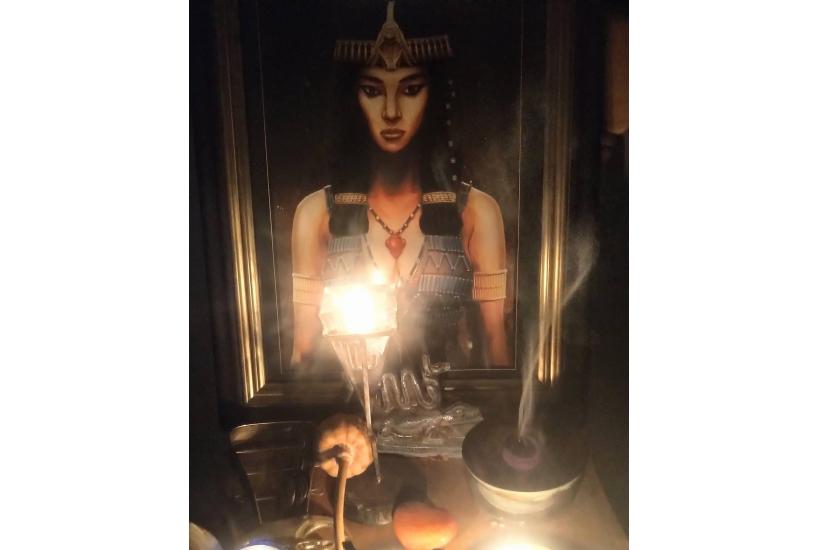Sobekneferu, Queen of Egypt
by Andrew Collins, author of The First Female Pharaoh and many other books
The date is around 1800 BCE and the location the royal palace attached to the temple of the crocodile god Sobek at Shedet in the midst of Ta-she, the Land of the Lake (modern-day Fayum in central Egypt). Having walked slowly through the stone corridors in the company of two of her most trusted advisors, Sobekkara Sobekneferu, ruler of Upper and Lower Egypt, slowly climbed the flight of stairs that would take her to the Window of Appearance overlooking the large open courtyard below.
Some three dozen Egyptians and some Aamu (Asiatic) advisers had assembled to hear the monarch’s regular address to those who ran the country. Among them were courtiers, officials, priests from key temples, some governors of provinces, as well as a few permitted members of their families. No matter who they might be, those present, whether ally or foe, now held sway over her future destiny.
With stern gaze Sobekneferu looked out over the crowd before preparing to welcome them to the royal palace. Her sheer presence was enough to tell all present that she remained firmly in control of the Two Lands, which she had ruled with an iron fist for just over three and a half years. All feared her, but she was also respected by those who remained faithful to her justified cause.
She knew very well, however, that her strict political strategies had not been greeted kindly by some members of the Egyptian population, in Lower Egypt in particular, while the leaders of the highly influential Aamu communities in the Nile Delta saw her actions as highly disfavorable to their presence in the country. But always her decisions had been made to keep the country united as one so that all might live in ma’at—truth, justice, and cosmic harmony—thus ensuring the continuance of creation in the outside world.
There was, of course, a certain amount of remorse on her part about all that had passed to ensure her own place on the throne. Her will, however, had always been blessed by the gods and her coronation legitimized by the goddess Hathor herself. Gazing out over the audience assembled before her, the monarch knew that among them were those who had carried out her wishes in full, whether this be in public or in private.
That said, there were those among the crowd whom she could not trust, their motives either unclear or downright contrary to the political decisions she had made to strengthen her rule of the Two Lands. These individuals and their advisors were there to spy on her and plot their strategies against her place on the throne. For the time being, all she could do was accept that her orders would continue to be carried out by those who had remained loyal and acknowledge the fact that the majority of Egyptians still supported her. Despite this comfort she sensed that she was not long for this world.
What she had achieved had brought her great satisfaction as well as a personal feeling of immense gratitude for the opportunities that life had given her. In the eyes of her supporters, she would hopefully be long remembered. Her path to sovereignty had, however, been treacherous and at times had appeared like an impossible course to navigate. This had seemed especially so since her half-sister Neferuptah and full-brother Maakherure Amenemhat had been bestowed the full rights of kingship ahead of her by their father, the great king Nimaatre Amenemhat.
Like Hathor, who had swallowed the seven cobras to gain the power of the heka-magic, she too had invoked this same power to ensure the outcome of her own future destiny, and through this act had risen to become the first woman ever to wear the double crown of Upper and Lower Egypt.
Now, however, the tides were turning. Forces were moving against her and there were those who would do anything to show that she was failing in her duties to protect the fertility of the Two Lands. Dissenting priests had spread false rumors that the gods were angry, citing the low floodwaters brought about by the actions of Hapy, the god who brings new life to the great Iteru (the River Nile) each year. They make it clear to all who have ears to listen that this means the seeds cannot be properly sown in the fields and that a poor harvest will spell the beginning of another great famine like those that plagued the early years of her father’s reign.
They say that Hapy is disfavoring the people because Sobekneferu has made the divine crocodile the one true spirit of every god and insists that the priesthoods from every nome (district) come to Ta-she to pay homage to Sobek; a falsehood that will bring only ruin to the Two Lands.
Her political strategies, no matter how harsh some of the people might see them, would remain. As monarch she would change nothing. Those moving against her would be resisted until the very end. Until, that is, they did come for her. This she knew would happen soon enough. She could feel it, and those she most trusted had warned her of dark clouds looming heavily on the eastern horizon.
When the time was right she would remove herself from the path of humiliation and surrender in her own way. It would then be up to her followers, her devotees, and her chosen successors in the new dynasty to continue what she and her father had begun. Her own fate now was very firmly in the hands of the gods, and what awaited her in death she would readily embrace to ensure the future destiny of Egypt.
* * *
This is an imaginary scenario based on what we know of the events surrounding the life of Sobekkara Sobekneferu, the first woman to wear the crowns both of Upper Egypt and of Lower Egypt. So who exactly was Sobekneferu? How did she emerge from a predominantly patriarchal society to become monarch of the Two Lands? What did she believe in? What monuments has she left behind? How did she die, and what lasting impact has she had on the world around us?
As I explore in my book The First Female Pharaoh, Sobekneferu’s life, played out toward the end of the Twelfth Dynasty of Egyptian history, was remarkable in so many different ways. During her early years she would appear to have taken a spiritual path, being linked perhaps with a temple somewhere in Egypt. Two siblings— her half-sister Neferuptah and her full-brother Amenemhat IV—stood to inherit the throne in front of her. What is more, their father the king, Amenemhat III, had chosen them to rule the country jointly, even allowing Neferuptah to bear her name within the royal cartouche, the first woman ever to be given this unique privilege. Any offspring she and her half-brother produced would have been next in line to inherit the throne.
Then tragedy struck. Just before this arranged marriage could occur, Neferuptah—still just a teenager—died mysteriously, leaving Amenemhat IV to ascend the throne on his own, seemingly now with his full sister Sobekneferu by his side. What happened to Neferuptah? Did she die of natural causes or was she murdered?
Thereafter Sobekneferu was able to engineer her own accession to the throne and rule the country in a concerted effort to keep Egypt together as a single nation. It was something she ably managed to achieve, but in doing so the monarch would appear to have made enemies of one of Egypt’s most powerful priesthoods, and this would ultimately cost her not only her place on the throne, but also, it would seem, her life.
That a woman, who was not the first or even the second in line for the throne, should rise to become the first female monarch of the Two Lands of Egypt is an extraordinary realization. Yet without her absolute belief and conviction in the fact that she was destined to take the throne of Egypt, her intentions could never have been fulfilled. In my book we find tentative evidence that Sobekneferu took part in unorthodox religious ceremonies to help ensure her future destiny, something that made her believe in herself, and as a consequence believe that it was her divine right to rule the kingdom.
Her strict policies, some of which might well be viewed as contrary to modern progressive attitudes today, enabled those who followed in her footsteps to carry forward the torch of Egyptian sovereignty across the next two and a half centuries. The concerted efforts of these ruling houses, remembered as the Thirteenth and Seventeenth dynasties of Egyptian history, would help ensure the kingdom’s survival through one of its darkest hours, that of the Second Intermediate Period. Their actions would eventually lead to the vanquishing of the Hyksos, the Asiatic warlords who had taken control of the north of the country around 1675 BCE and had ruled from their capital Avaris in the Nile Delta for the next 125 years. In doing so, Kamose, the final king of the Seventeenth Dynasty, and his brother Ahmose, the first king of the Eighteenth Dynasty, would initiate the foundation of one of the most powerful and most successful periods of Egyptian history, the New Kingdom, which opened with the Eighteenth Dynasty, circa 1550 BCE.
Struck from Existence
History itself, however, has not been kind to Sobekneferu. Even though she was deified in death, later generations would seem to have wrongly blamed her for the events leading up to the Hyksos invasion. Sobekneferu’s name would appear to have been ignored by some later king lists. The Fayum, her power base, would also seem to have suffered afterward because of its affiliations with the crocodile god Sobek, who in later dynastic history would come to be seen as a vehicle of the evil god Seth (also written Set). On top of this, her place of burial was lost and her achievements absorbed into those of her more successful father, Amenemhat III, whom she herself had deified.
In The First Female Pharaoh, we learn how Sobekneferu’s memory survived, how she was portrayed by Egyptologists during the nineteenth century, and how she has arisen as an important pop icon through her role as Bram Stoker’s ruler of the Two Lands who returns from the dead in his Egyptian novel The Jewel of Seven Stars. It was through this fortuitous association with gothic fiction that the female monarch came to be seen as the initiator of potent occult traditions that continue to thrive today. For the first time ever we learn the story of this remarkable woman and how she came to control one of the most powerful nations of the ancient world, and how when her adversaries did finally come for her she found a way to ensure that Egypt’s future destiny was indeed secured.
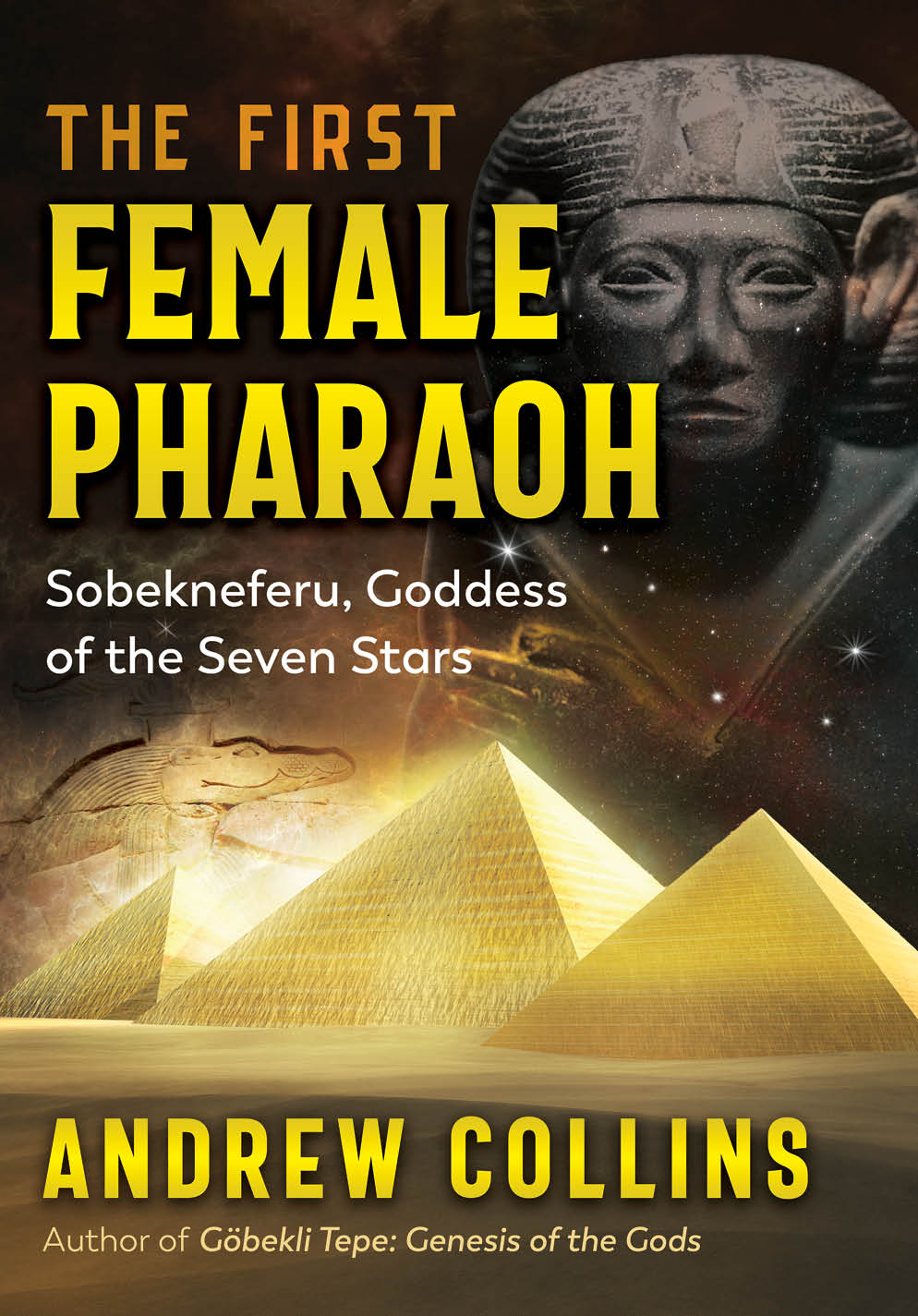 |
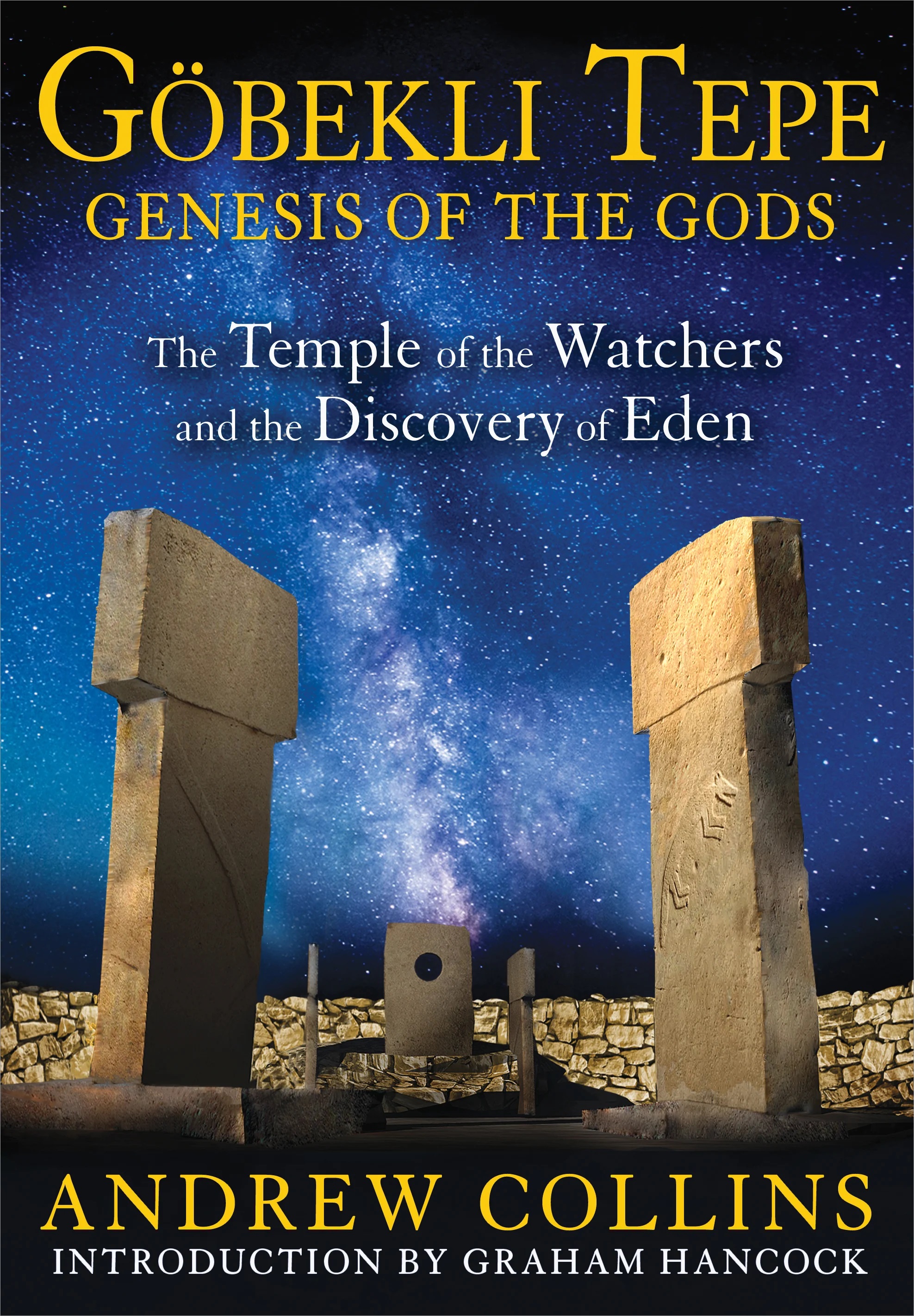 |
 |
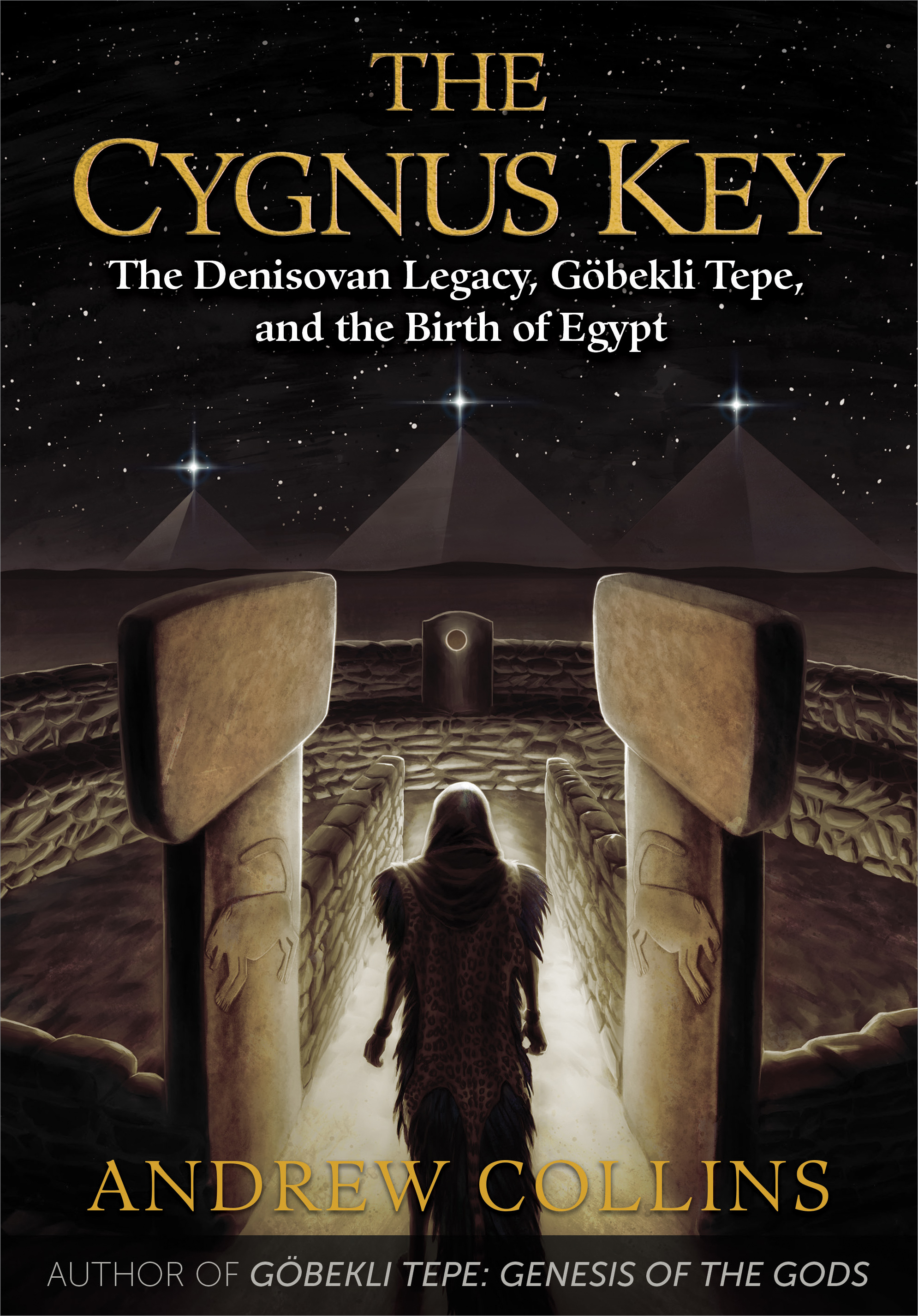 |
 |
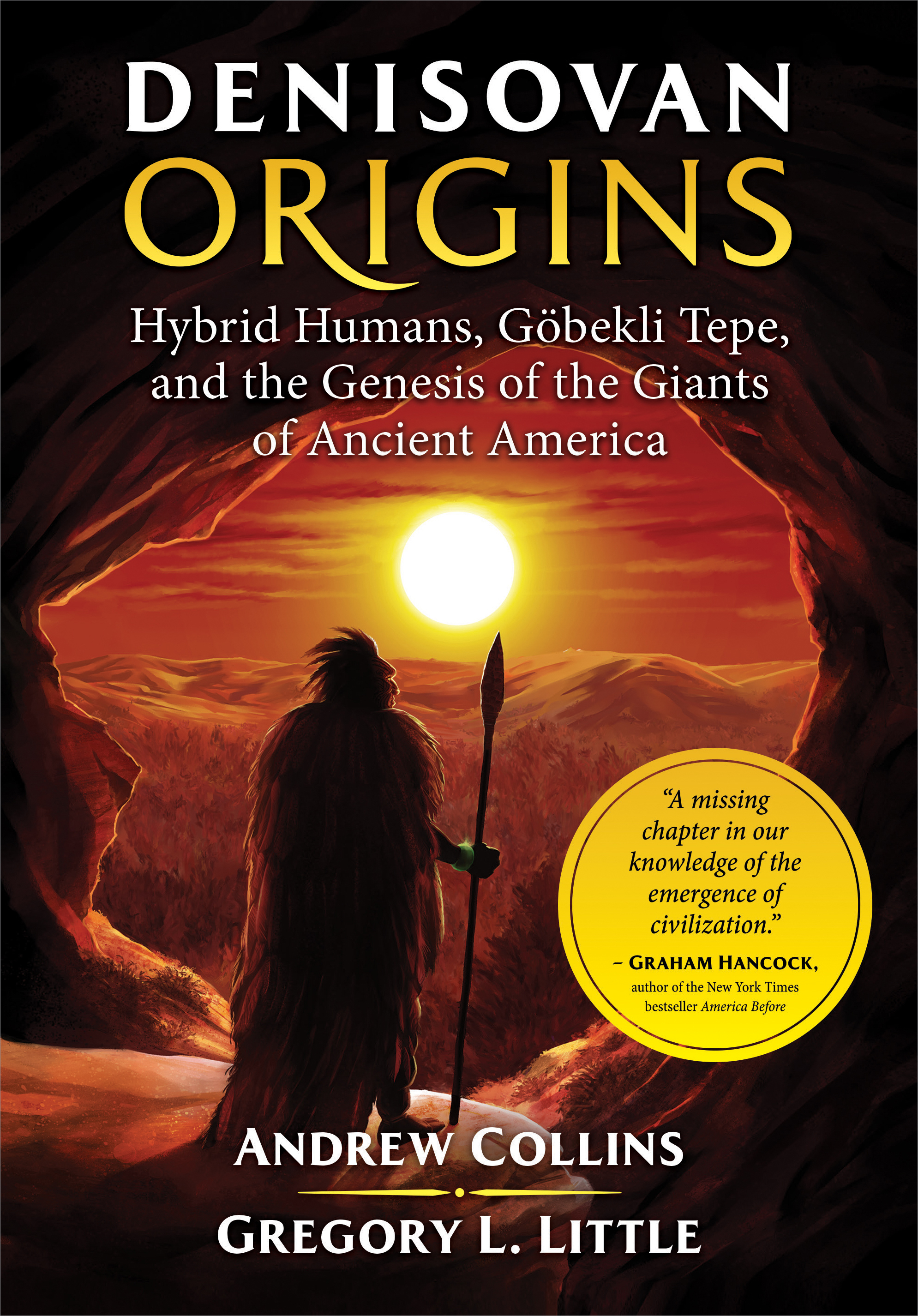 |
 |
 |


